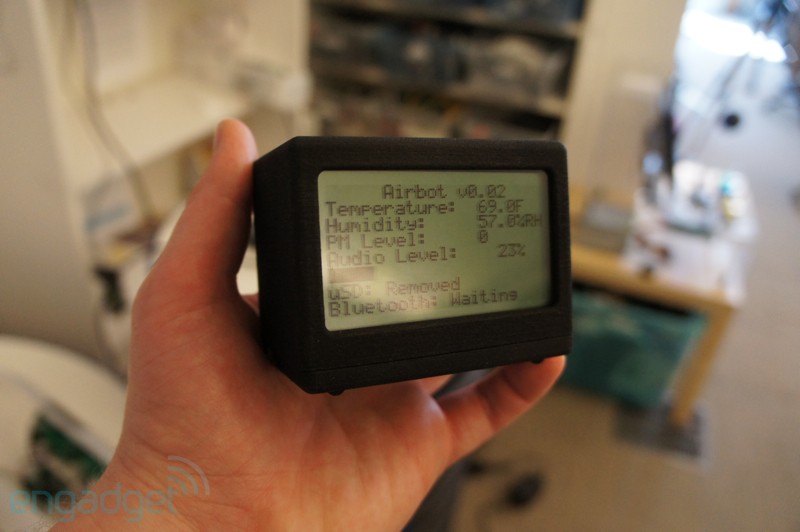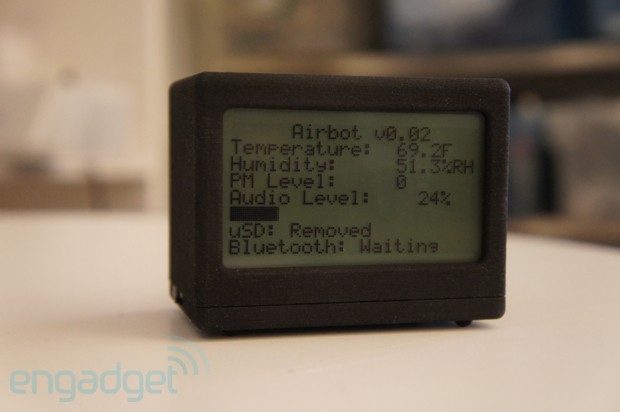Portable gadgets for checking the level of water and air pollution from CREATE Lab

Now to determine the level of pollution of water and air in the laboratories used a sufficiently large number of reagents. Yes, and methods for determining pollution are also different. In the case of water, this may be a general chemical analysis, analysis for the presence of heavy metals, and others. Of course, all these tests can be performed only by qualified specialists in the laboratory. But often you want to check it all on your own to know what you breathe and what you drink. Engineers from the Carnegie Mellon Institute ( CREATE Lab ) are now working on the creation of portable devices for express analysis of the composition of air and water. Rather, the issue has already been resolved, and soon the device will be sold.
So, created two devices, AirBot and WaterBot. As you can understand, the first device analyzes the composition of the air, the second - the composition of water.
')
As for air, at the moment the sensor is trying to determine only the presence of pollutants (which cause respiratory disease. In other words, this sensor will not show you the detailed composition of air in percent, including the presence of particles of different sizes. It is “sharpened” under the definition of certain substances and warns of the presence of such. Of course, AirBot also determines the temperature, humidity, pressure (and sound like pollution, ie noise level).

Now about the WaterBot. This device allows you to determine the level of water pollution, and it can even be used as a stationary point of observation. The device sends the received data to the Network using the built-in ZigBee wireless module.

The devices will go on sale next year, now only a few prototypes are ready.
Via engadget
Source: https://habr.com/ru/post/156223/
All Articles